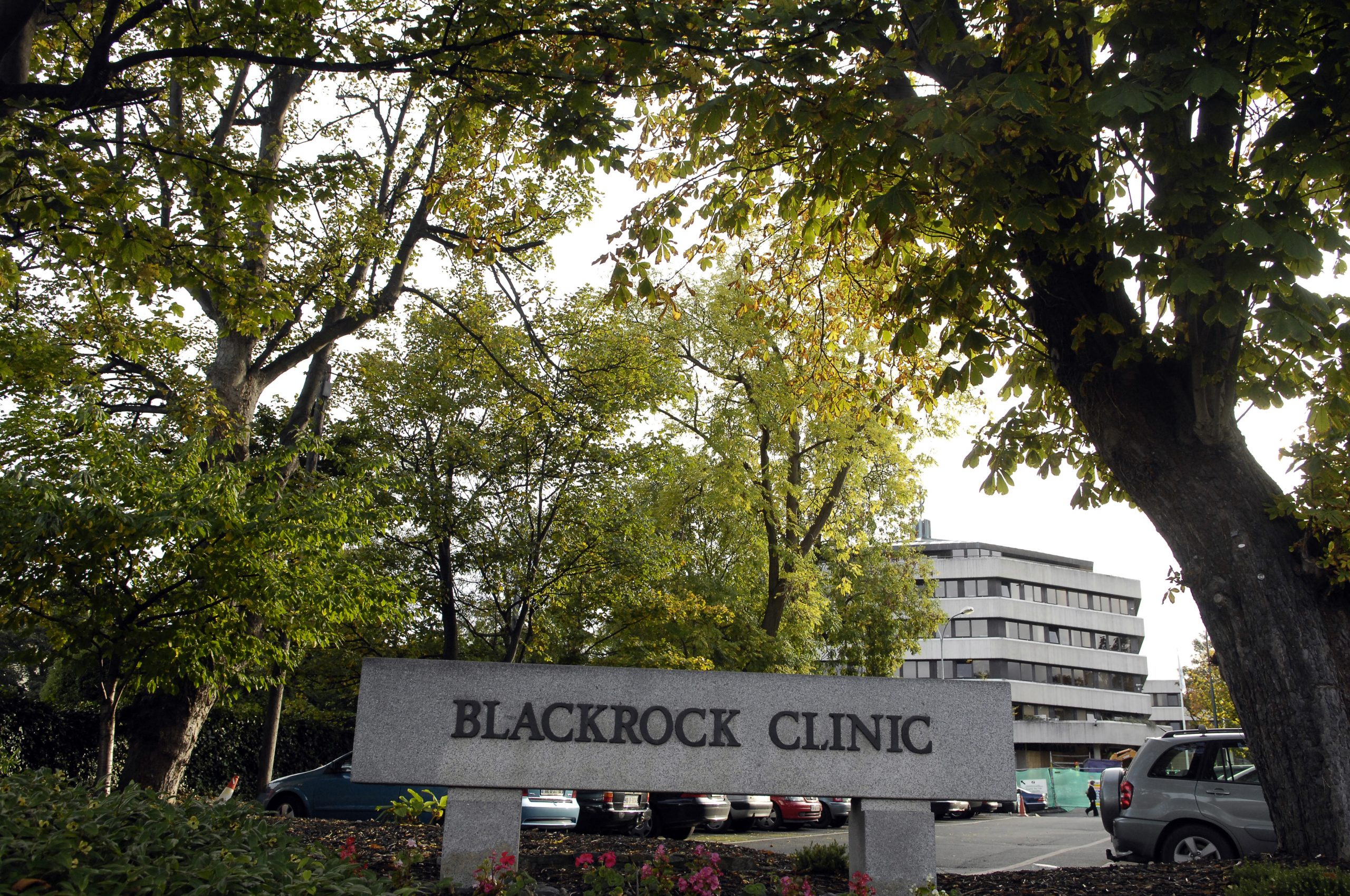It is hard to identify the first shot fired in one of the most interminable and bitter corporate battles of the past decade but it could have happened in May 2013 when US-based surgeon Joseph Sheehan wrote to one of Ireland’s richest men, Larry Goodman, asking whether there had been a change in ownership of the billionaire’s shareholding in the exclusive Blackrock Clinic. This seemingly innocuous inquiry from Sheehan, a co-founder in 1986 of Ireland’s self-proclaimed “best private hospital” along with three other surgeons, including his brother the retired orthopaedic surgeon Jimmy Sheehan, did not precipitate the seemingly never-ending onslaught…
Cancel at any time. Are you already a member? Log in here.
Want to read the full story?
Unlock this article – and everything else on The Currency – with an annual membership and receive a free Samsonite Upscape suitcase, retailing at €235, delivered to your door.

